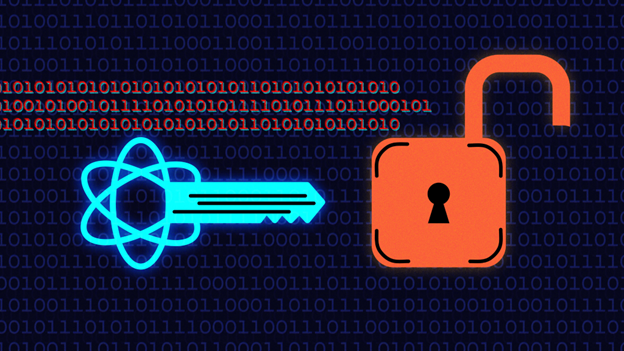In today’s interconnected world, when sensitive information is sent across networks every second, cybersecurity has become a top priority for individuals, corporations, and governments alike. Cryptography, or the discipline of safeguarding communication and data using mathematical techniques, is fundamental to cybersecurity. Cryptographic protocols, in particular, serve an important role in assuring the secrecy, integrity, and validity of data transmitted over networks. This blog delves into the importance of cryptographic protocols in cybersecurity, including their common implementations and real-world applications.

Understanding Cryptographic Protocols:
Cryptographic protocols are sets of rules and processes that regulate secure communication between parties over networks. These protocols use cryptographic techniques to achieve a variety of security objectives, such as secrecy, integrity, authentication, and non-repudiation. They frequently involve the exchange of cryptographic keys, digital signatures, and encryption techniques to safeguard data against illegal access and alteration.
Common Cryptographic Protocols:
- Secure Socket Layer/Transport Layer Security (SSL/TLS)
- SSL/TLS protocols enable secure internet communication, ensuring that data sent between clients and servers is secret and tamper-proof. These protocols use asymmetric encryption, symmetric encryption, and digital certificates to safeguard connections between parties.
- Secure Shell (SSH)
- The SSH protocol provides secure remote access to servers and network devices, allowing users to log in and execute commands over an unprotected network. SSH uses public-key cryptography to authenticate users and encrypt data sent between the client and the server.
- Internet Protocol Security (IPsec)
- IPsec protocols protect network communications by encrypting and authenticating IP packets at the network layer. IPsec provides end-to-end security for virtual private networks (VPNs), protecting data as it travels across public networks.
- Pretty Good Privacy (PGP)
- The PGP protocol is used for secure email communication, allowing users to encrypt, decrypt, and digitally sign communications. PGP protects email content’s confidentiality and integrity by combining symmetric and asymmetric encryption.
Real-World Applications:
- E-commerce Transactions
- Cryptographic technologies such as SSL/TLS are critical for protecting online transactions like credit card payments and online banking. These protocols encrypt sensitive financial data during transmission to prevent unwanted access by cybercriminals.
- Secure Remote Access
- The SSH protocol is commonly used by system administrators to securely control remote servers and network devices. SSH ensures that administrative instructions and data exchanged via remote connections are secure and tamper-proof.
- Virtual Private Networks (VPNs)
- VPNs use IPsec protocols to provide secure tunnels between distant users and corporate networks. IPsec encrypts data packets that travel across public networks, protecting sensitive corporate information from eavesdropping and interception.
- Secure Email Communication
- The PGP protocol allows users to send and receive encrypted email messages while maintaining the confidentiality and integrity of the email content. PGP digital signatures enable authentication, assuring that email communications come from legitimate senders.
Conclusion
Cryptographic protocols are the foundation of cybersecurity, allowing safe communication and data exchange across networks. Cryptographic procedures are critical in the digital age for safeguarding data, from encrypting online transactions to protecting sensitive company information. As cyber threats increase, organizations and individuals must employ strong cryptographic methods to reduce risks and maintain the confidentiality, integrity, and authenticity of their data. We can confidently and securely navigate the digital realm if we understand and successfully use cryptographic protocols.
